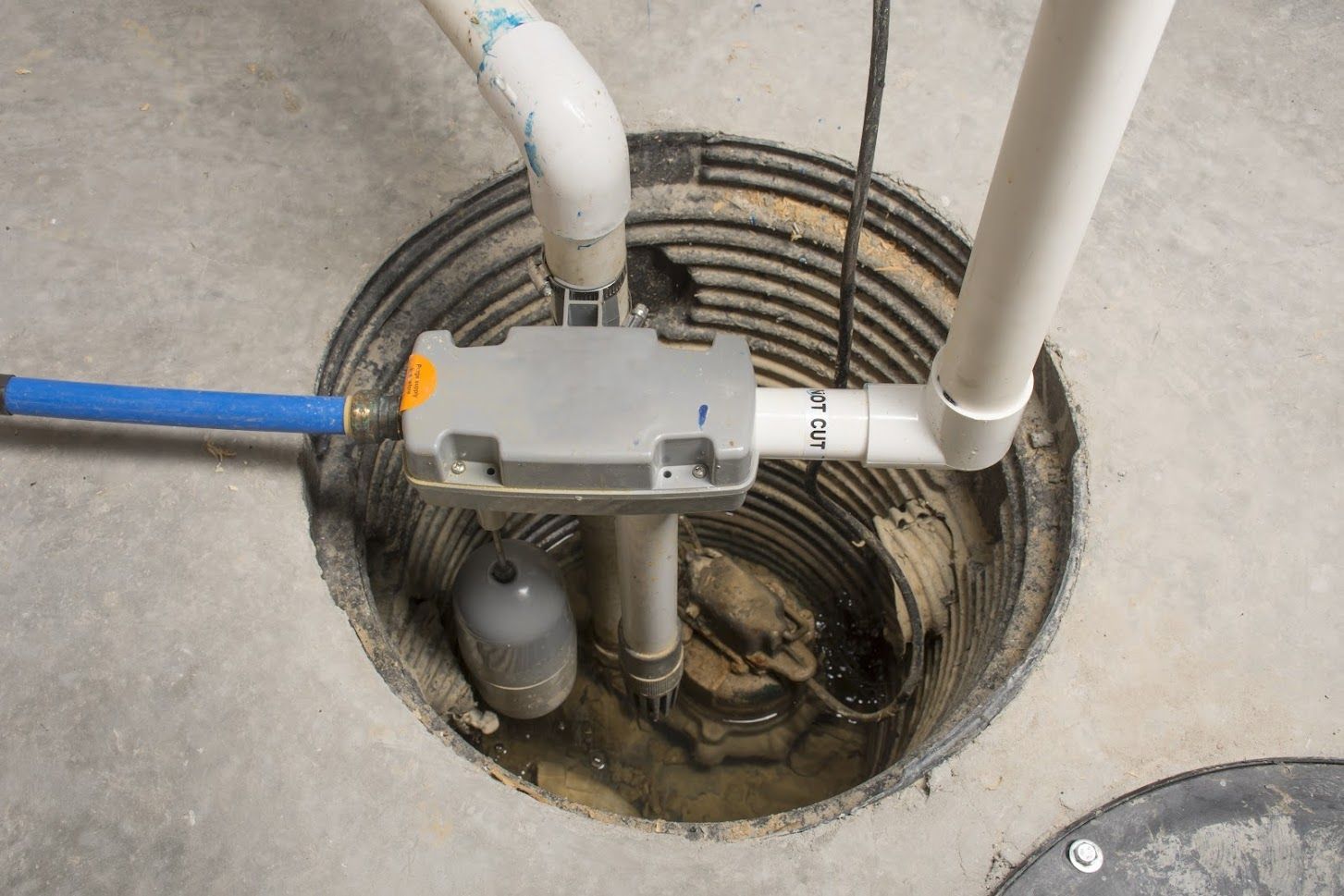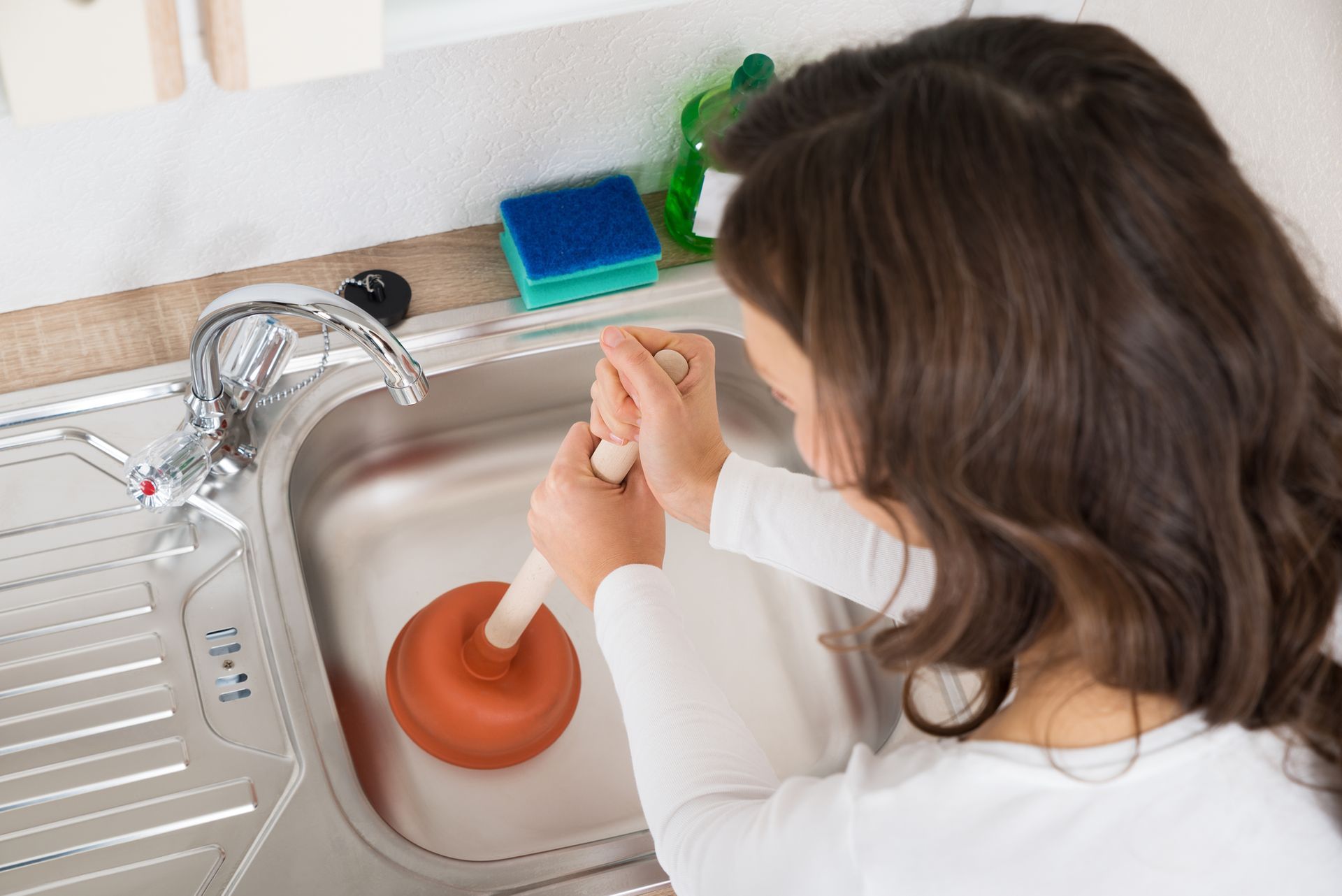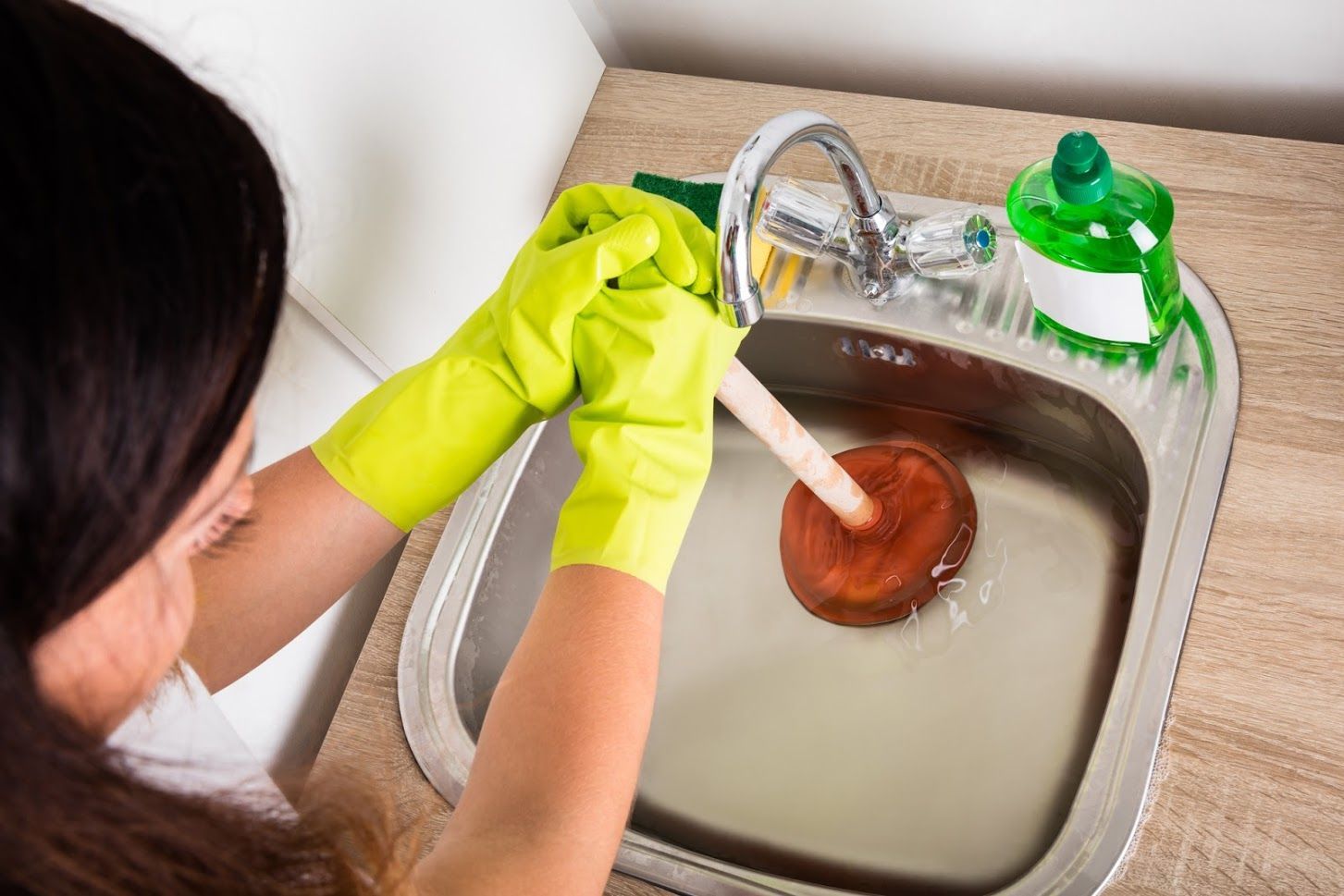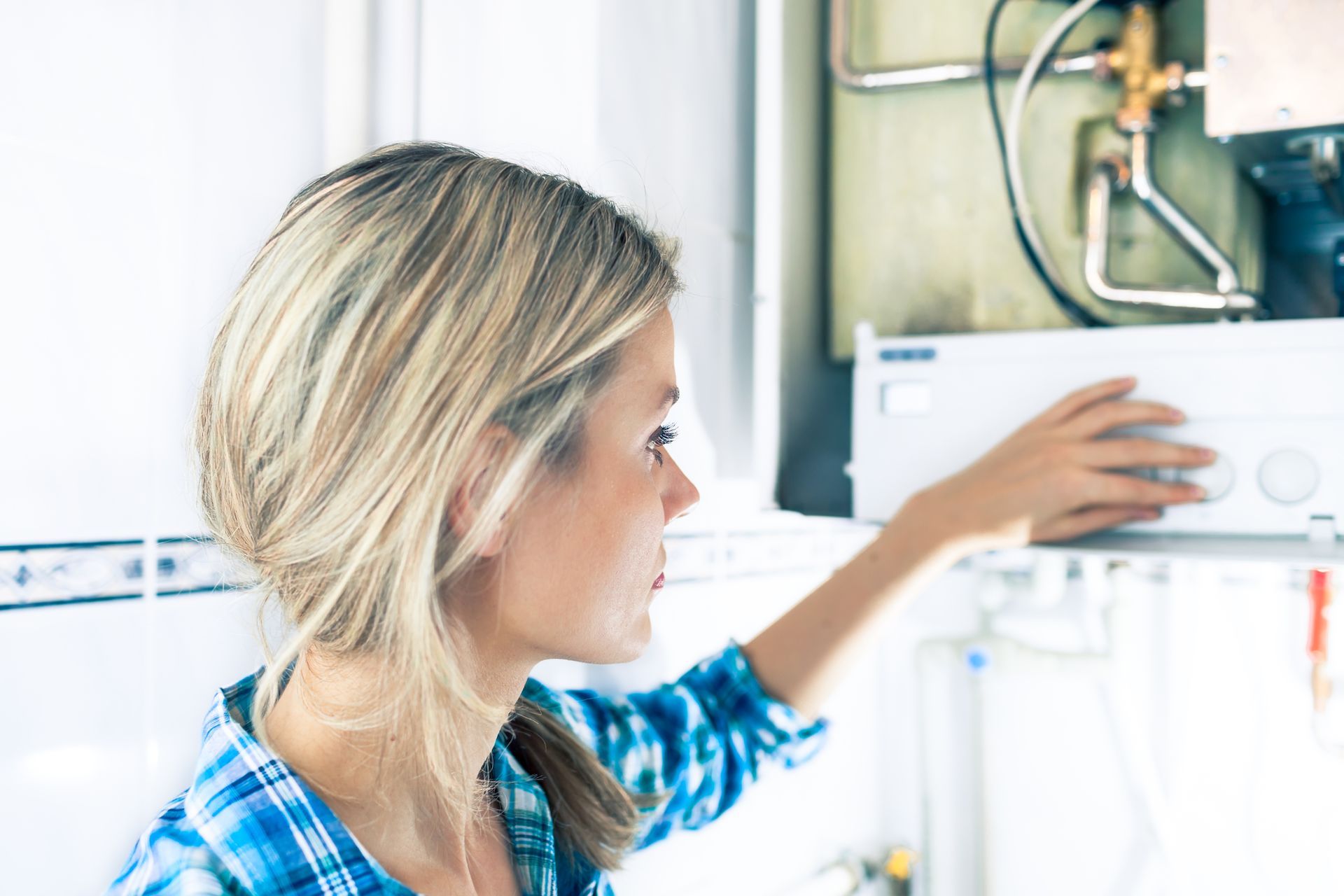3 Facts About Water Use and High-Efficiency Toilets
Every gallon of water you conserve helps the environment and helps your pocketbook. Replacing your old water-guzzling toilet with a new high-efficiency toilet is a smart way to save water. Here are three facts about saving water with a new toilet.

1. Old Toilets Are Water Wasters
Since 1980, toilet manufacturers have worked hard to lower the water usage of their toilets and meet government regulations for toilet-flushing efficiency. Toilets manufactured before 1980 used as much as
seven gallons of water per flush.
After passage of the Energy Policy Act in 1992, all toilets were required to use no more than 1.6 gallons of water per flush. Today, homeowners can choose from toilets that flush with as little as 1.1 gallons of water. Since toilet-flushing represents a large percentage of a home’s water usage, replacing an older toilet with a high-efficiency toilet significantly reduces your total water consumption.
Less water usage per flush isn’t the only way newer toilets conserve water. Older toilets often develop leaks around the toilet base and inside the tank. An older leaking toilet can waste thousands of gallons of water each month. The homeowner may not even realize there’s a problem, since some toilet leaks can be silent.
2. High-Efficiency Toilets Have Updated Features
Modern high-efficiency toilets are also called low-flow or low-consumption toilets. Low-flow toilets come in the old-school gravity flush models that use a flapper valve and gravity to push water and waste through the pipes. Gravity toilets are the least expensive types of toilets.
Pressure-assisted toilets are priced higher than gravity toilets. In the pressure-assisted toilet, a second pressurized tank is located inside the toilet’s porcelain tank. The inner tank pressurizes air and releases a high-velocity air/water mix to send waste down to the sewer or septic pipes. Pressure-assisted toilets require at least 25 psi of water pressure to work properly.
You can find the following additional features on some high-efficiency toilets:
- Glazed trapways for easier waste removal
- Modified bowl contours for better flushing
- One-piece design for sleeker appearance
- Extra-large siphon jets for better flushing
- Ion barriers for toilet cleanliness
Choose a WaterSense labeled toilet if you’re concerned about double-flushing or inadequate flushing of a low-flow toilet. High-efficiency toilets with the WaterSense label must meet or surpass strict plumbing standards for both water consumption and flushing performance.
3. High-Efficiency Toilets Help the Planet and Your Wallet
Today, communities and states struggle with water access, water treatment, and water conservation. Low-flow toilets are an easy way to help your community protect its precious water sources. According to the EPA, if every old toilet in the country were replaced with a low-flow toilet, the U.S. would conserve an amount of water equal to the flow of Niagara Falls every 12 days.
You can be proud to own a low-flow toilet for the sustainability features, but you’ll also smile when you see your water and sewer bills. After you switch to a high-efficiency toilet, expect to see savings of around $100 per year or around $2,000 over the lifespan of the new toilet. Your low-flow toilet pays for itself while it conserves water.
You can even get help paying for your new low-flow toilet. In some water-service areas, local water utilities offer rebates when you replace a water-wasting toilet with a high-efficiency toilet. For example, Seattle Public Utilities offers a
$100 rebate to qualified customers who install a premium, 1.1 gallon-per-flush, ultra-efficient toilet in their residences.
Don’t wait to start saving water and money. Schedule installation of your new, efficient toilet in Seattle, Bellevue, or Edmonds by contacting the toilet experts at
Quality Plumbing today.








★★★★★
The total process from booking a service call, by phone, to the installation of a steel reinforced waterline hose on our refrigerator, was a pleasurable experience. A retired plumber recommended QP. Jeff had to pull out the refrigerator, remove the plastic waterline, install the new waterline, check to make sure the water dispenser was working and put the refrigerator back. Jeff was careful and mindfull of our wooden floor as the refrigerator was in a built-in cabinet. Since we live in a condo we want to eliminate all possibilities for a water leak. Jeff not only did his skillful job, he also educated us on the different water supply lines. I would recommend QP.
- Janeine G.
Button
★★★★★
Quality Plumbing did a rough-in plumbing install for a bathroom and kitchen sink in my basement. Very communicative, helped plan the space, and did a great job on the install. Will be using them again!
- Ian H.
Button
★★★★★
Called them when my water heater broke, they were over same day with a new one. Logan is great, he's fixed a couple things over the last year and is always professional and informative.
- Nick B.
Button
★★★★★
Quality plumbing is amazing 👏 when my brothers home had a problem with water pressure, they were able to schedule quickly, identify the problem and provide cost effective solutions quickly. When they did the work, they were on time on budget and cleaned up everything afterwards. Thank you for your great service Quality Plumbing! …
- Rich R.

★★★★★
Quality Plumbing is my go-to plumbing company for all my projects. I had one big project and after meeting Jeff, I’ve specifically requested him to come out for my other 2 projects. He’s incredibly punctual, efficient, and keeps the area nice and clean. Great to communicate with and provides clear answers to all my questions. Jeff is very professional and knowledgeable in his craft. Every time I call, Delaney will always pick up my phone calls and get me scheduled right away. Never had great success with plumbing companies until I started working with Quality Plumbing. They have unbeatable prices and will provide you with an honest solution to your problems. Highly recommend choosing Quality Plumbing!
- Alex D.
Button

★★★★★
The total process from booking a service call, by phone, to the installation of a steel reinforced waterline hose on our refrigerator, was a pleasurable experience. A retired plumber recommended QP. Jeff had to pull out the refrigerator, remove the plastic waterline, install the new waterline, check to make sure the water dispenser was working and put the refrigerator back. Jeff was careful and mindfull of our wooden floor as the refrigerator was in a built-in cabinet. Since we live in a condo we want to eliminate all possibilities for a water leak. Jeff not only did his skillful job, he also educated us on the different water supply lines. I would recommend QP.
- Janeine G.
Button
★★★★★
Quality Plumbing did a rough-in plumbing install for a bathroom and kitchen sink in my basement. Very communicative, helped plan the space, and did a great job on the install. Will be using them again!
- Ian H.
Button
★★★★★
Called them when my water heater broke, they were over same day with a new one. Logan is great, he's fixed a couple things over the last year and is always professional and informative.
- Nick B.
Button
★★★★★
Quality plumbing is amazing 👏 when my brothers home had a problem with water pressure, they were able to schedule quickly, identify the problem and provide cost effective solutions quickly. When they did the work, they were on time on budget and cleaned up everything afterwards. Thank you for your great service Quality Plumbing! …
- Rich R.

★★★★★
Quality Plumbing is my go-to plumbing company for all my projects. I had one big project and after meeting Jeff, I’ve specifically requested him to come out for my other 2 projects. He’s incredibly punctual, efficient, and keeps the area nice and clean. Great to communicate with and provides clear answers to all my questions. Jeff is very professional and knowledgeable in his craft. Every time I call, Delaney will always pick up my phone calls and get me scheduled right away. Never had great success with plumbing companies until I started working with Quality Plumbing. They have unbeatable prices and will provide you with an honest solution to your problems. Highly recommend choosing Quality Plumbing!
- Alex D.
Button








